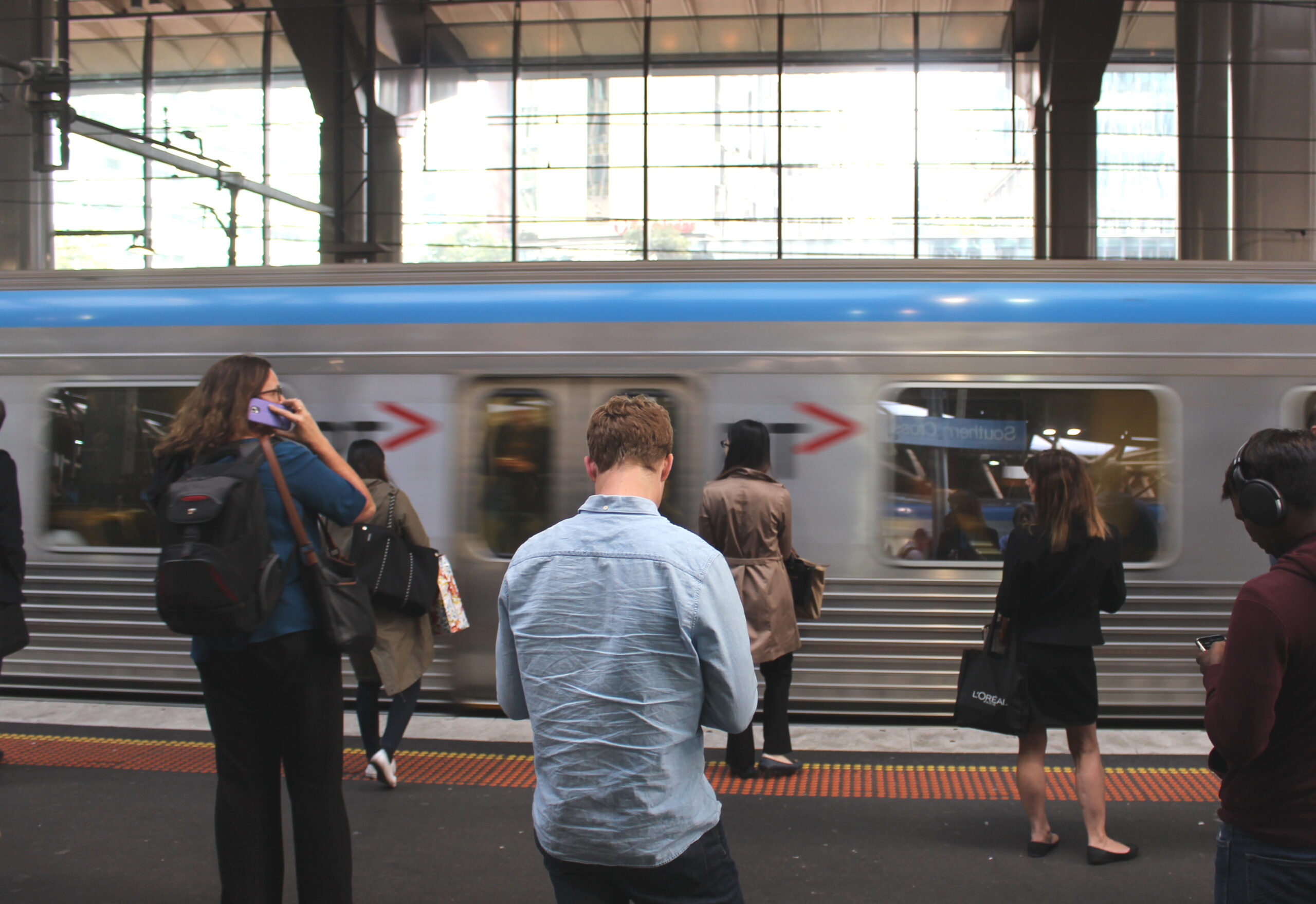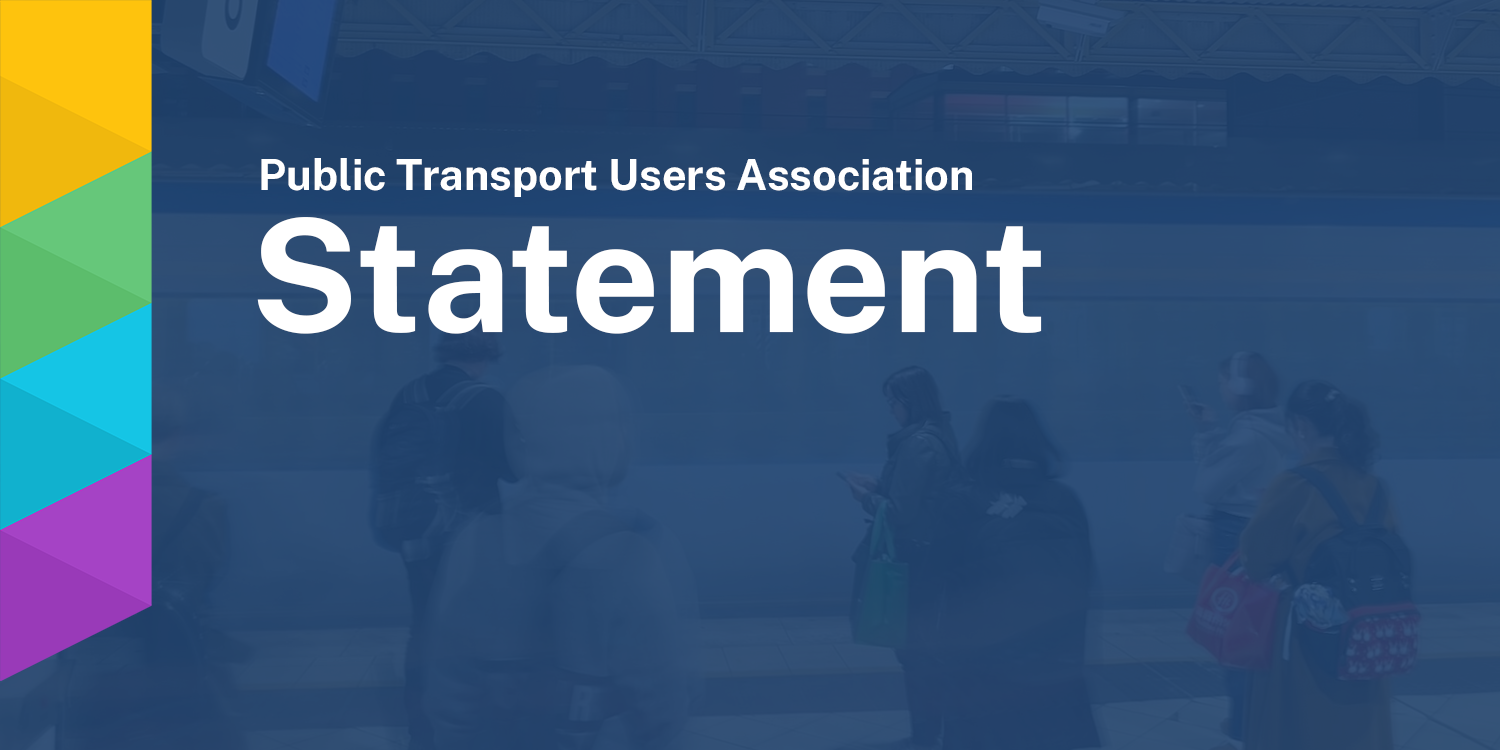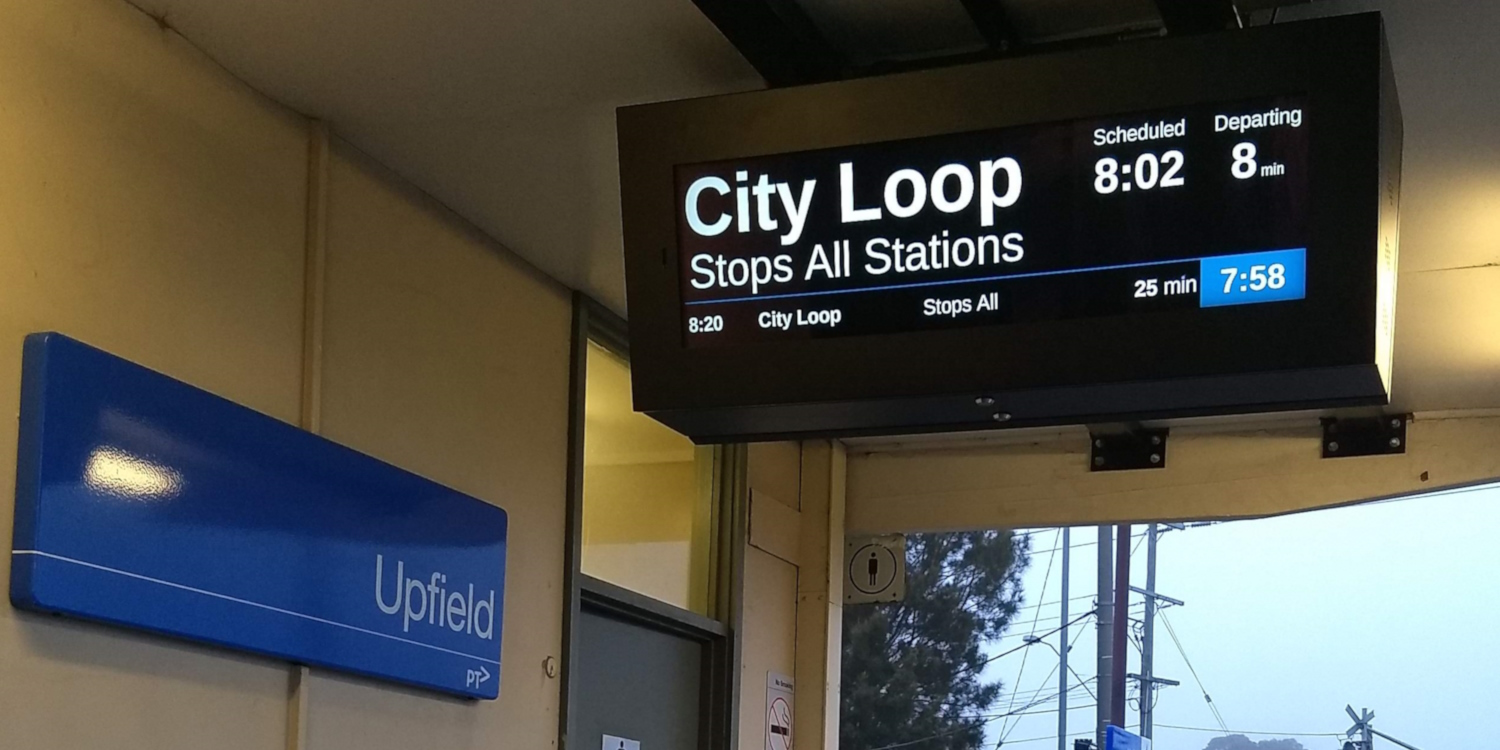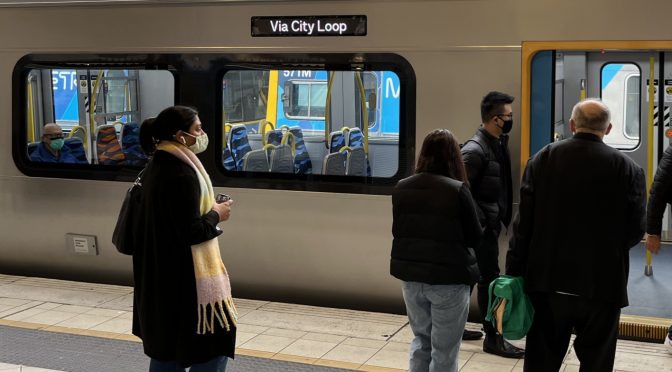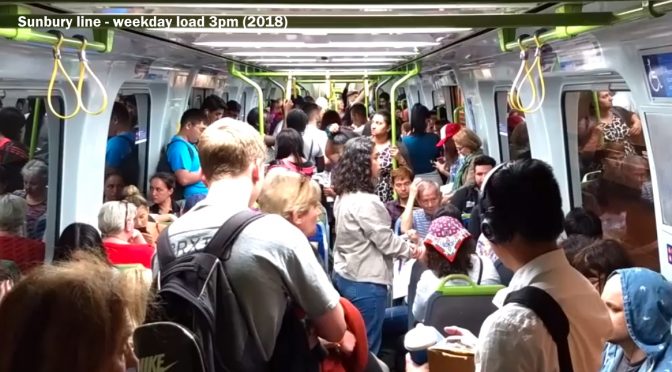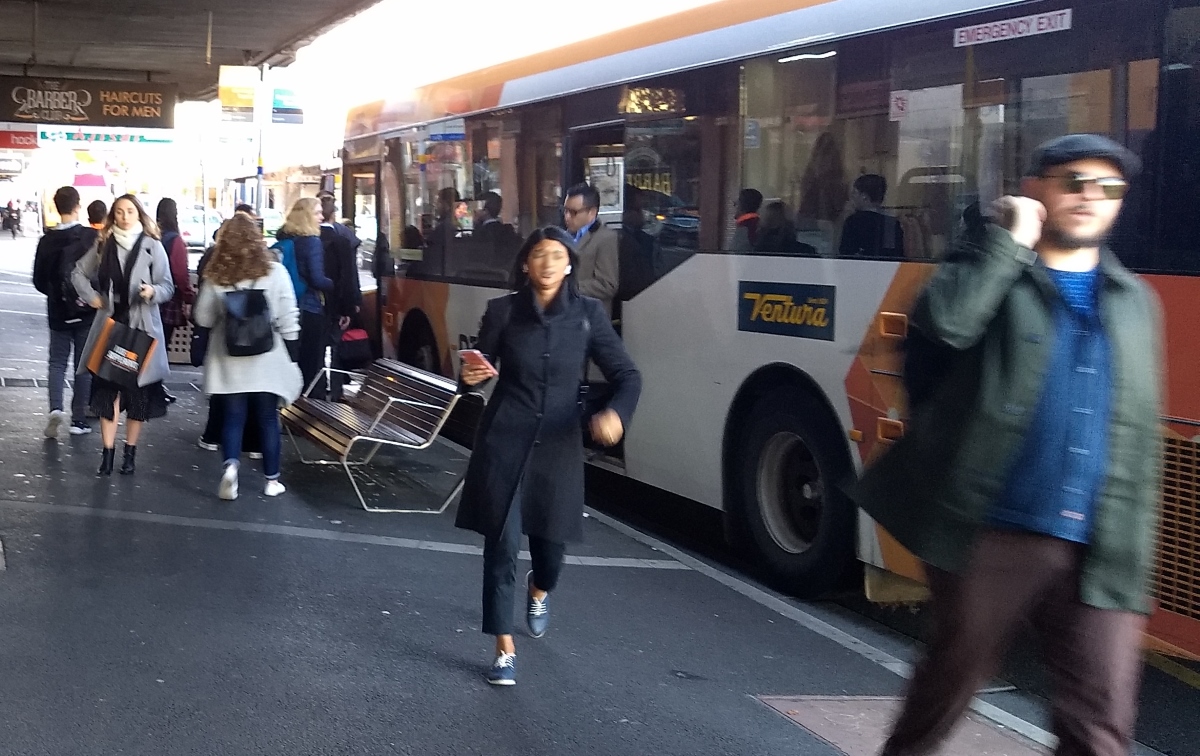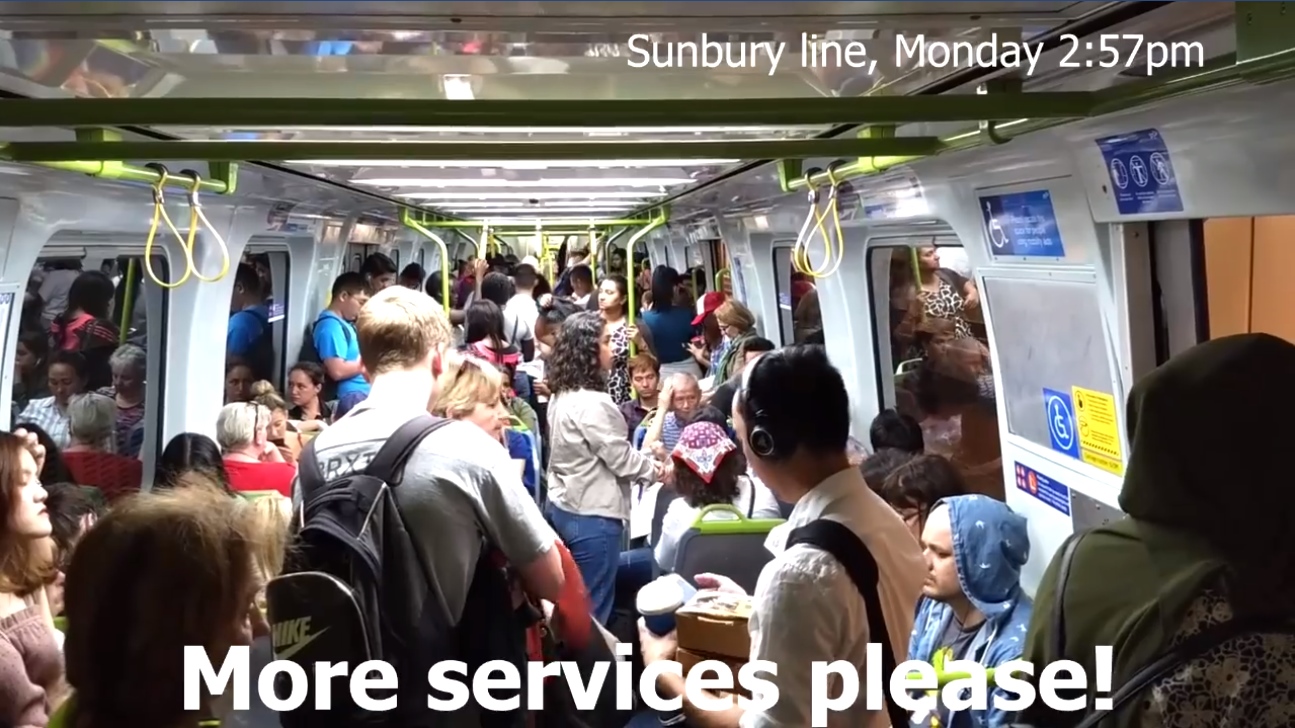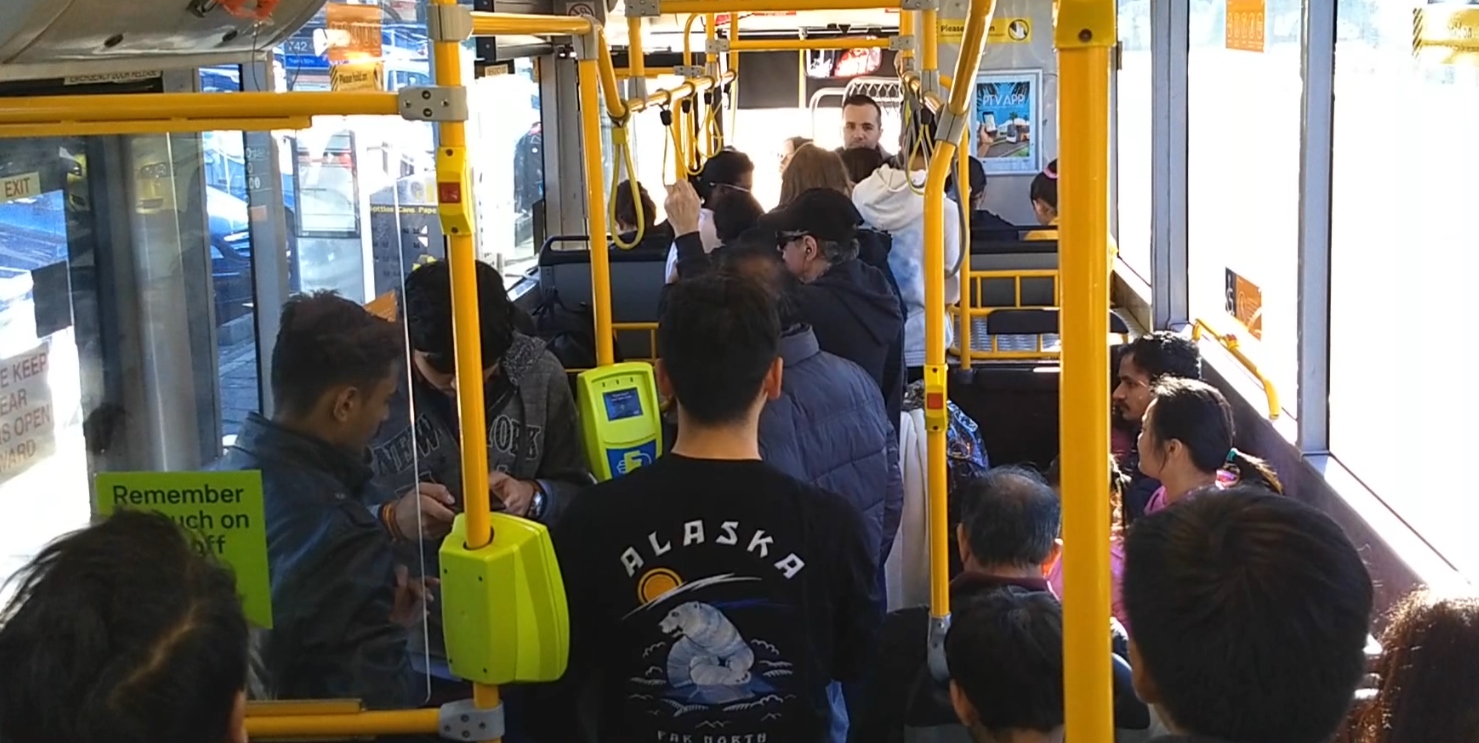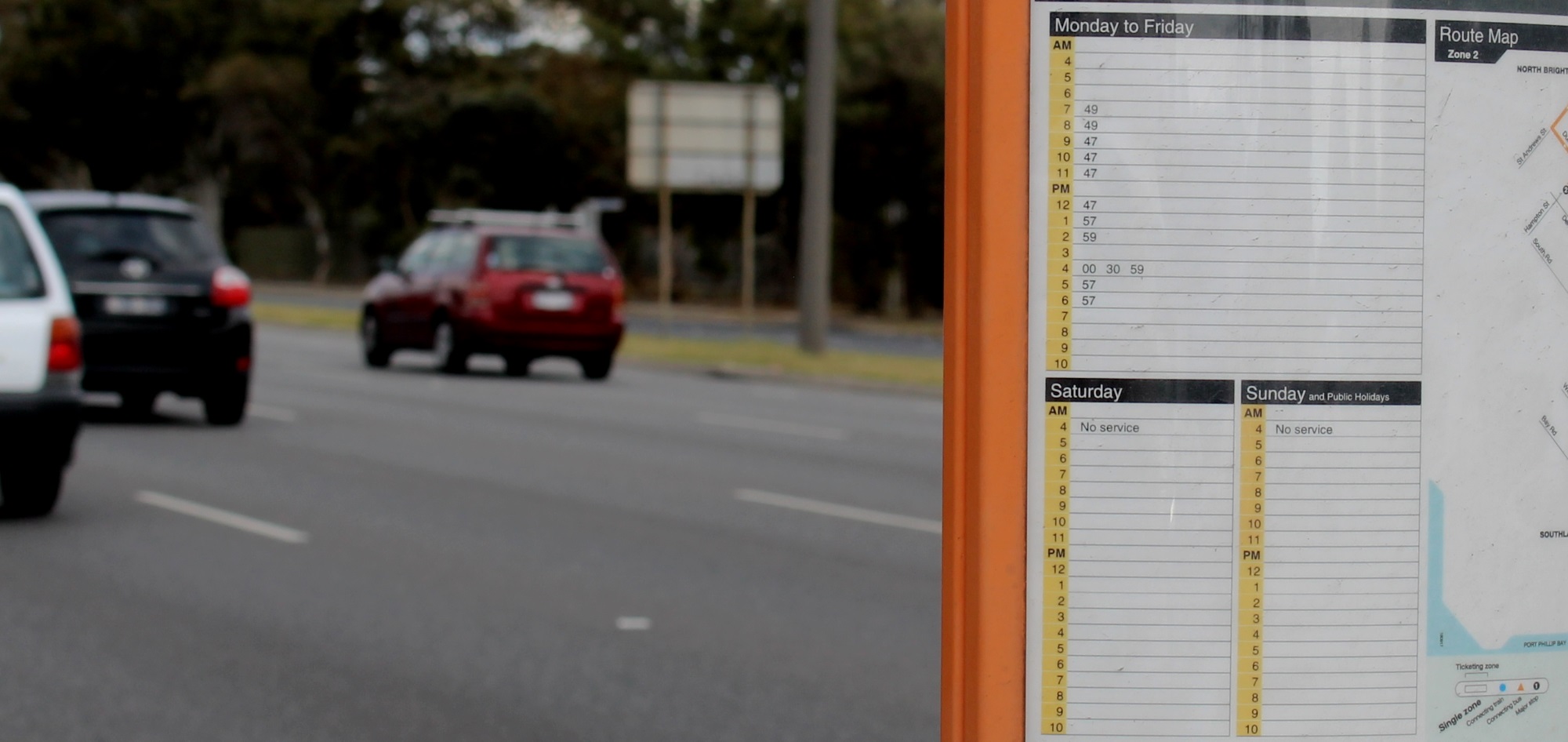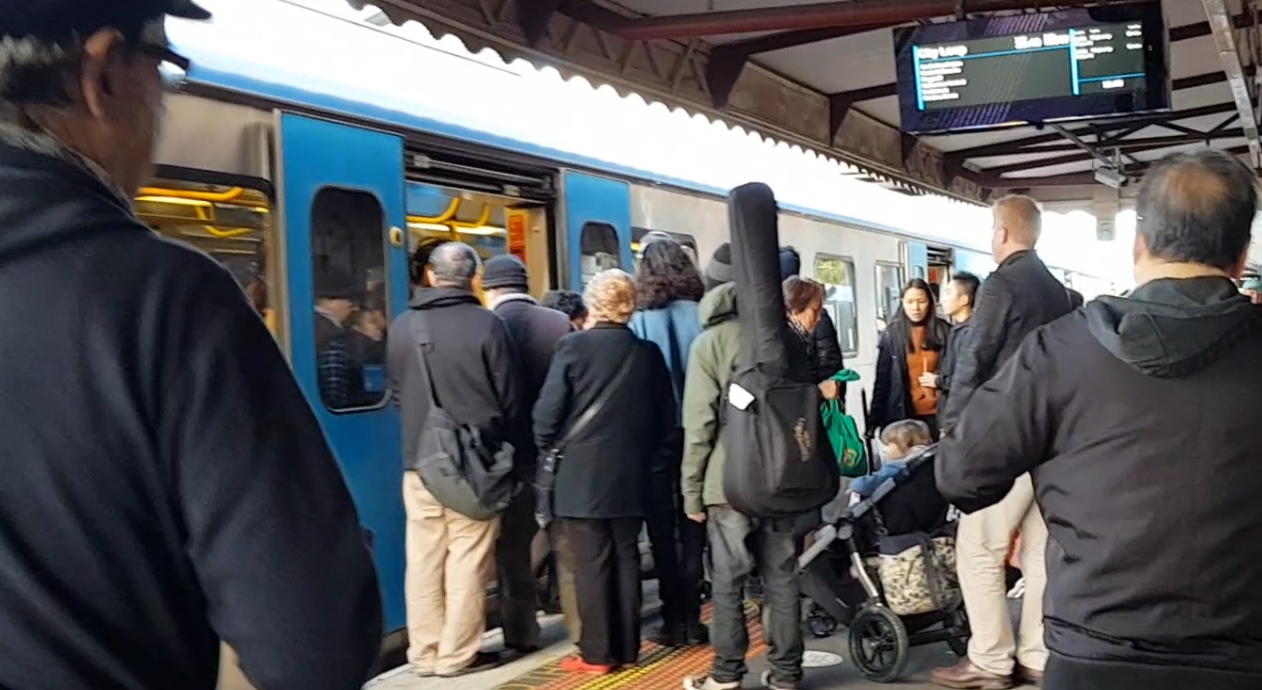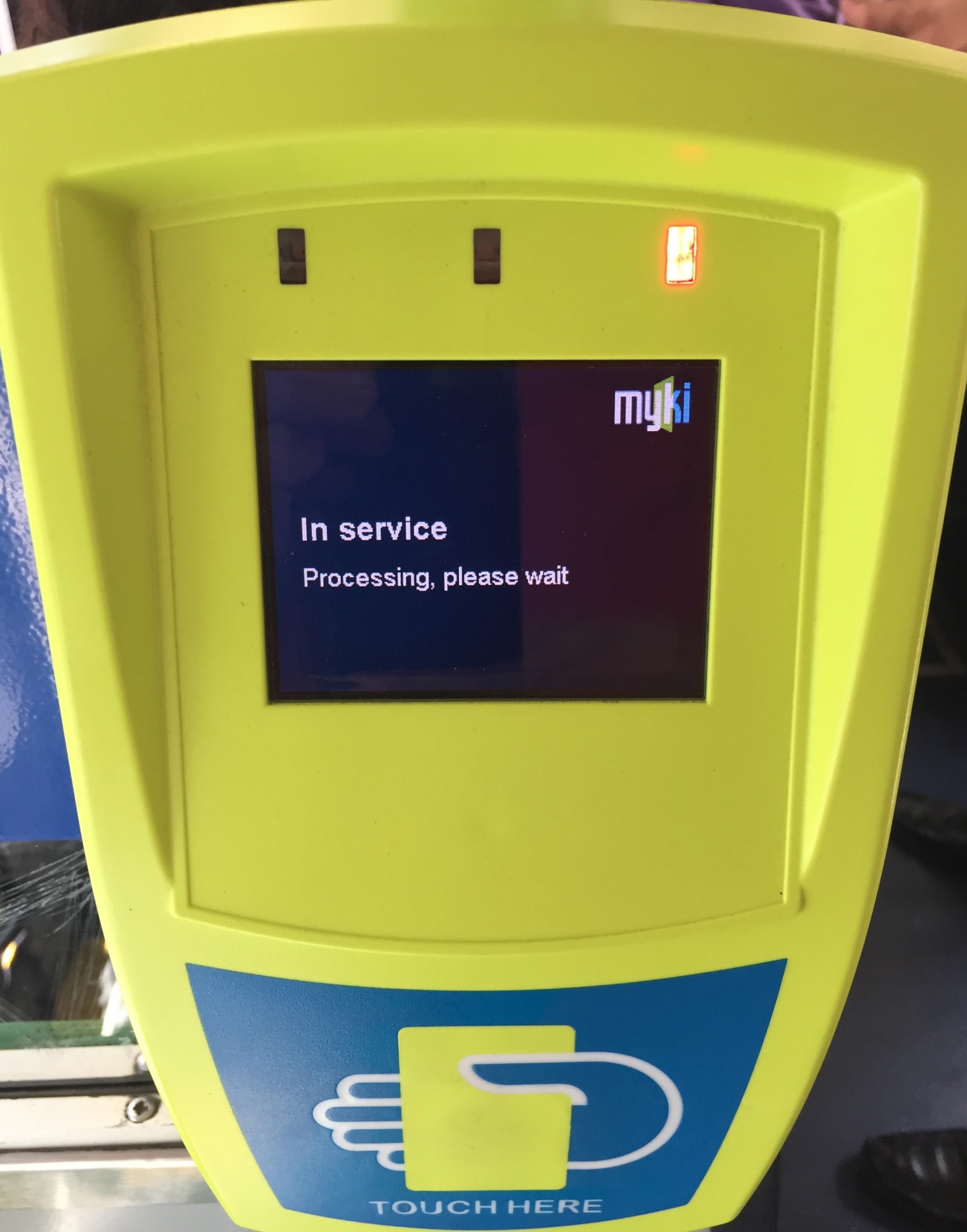Category: Campaigns
-
Geelong NYE services welcomed but promotion needed
The Public Transport Users Association Geelong Branch welcomes the additional bus services that were provided for New Year’s Eve 2024–25. These services, which included three extra trips on Route 30, four on Route 31, and three each on Routes 42, 53, 55, and 60, represent a positive step toward making public transport a viable option…
-
Scrapped projects undermine Metro Tunnel benefits
The Public Transport Users Association (PTUA) expresses profound disappointment over the Victorian Government’s decision to cancel several modest yet impactful improvements to the state’s train and tram networks[1]. These projects, while relatively inexpensive, held the potential to significantly enhance passenger journeys and strengthen the functionality of Victoria’s public transport system. Among the scrapped initiatives is…
-
PT Problem of the Night: Non passenger trains shown on information displays.
Passenger information displays should not show trains that will not take passengers. This example shows a V/Line transfer that is using the tracks at Flinders Street platform 4 as the next best option to get to Southern Cross. PT Problem of the Day was a consistently active campaign run by the PTUA between 2011 and…
-
Victorians want investment in public transport
Polling released today by the Climate Council shows that Victorians want all levels of government to invest more in public and active transport. The PTUA is supporting the Climate Council’s call for governments to allocate at least 50% of their transport budgets to public transport, and 20% to safe walking and biking infrastructure. 80% of…
-
COVID-19: Public transport timetable boost needed to help stagger trips
The Public Transport Users Association (PTUA) has called on the State Government to boost public transport services across the day as a response to the COVID-19 crisis. A PTUA analysis of train timetables found that on some lines, services and capacity dropped by two-thirds outside peak hour. PTUA spokesperson Daniel Bowen said that as people…
-
Midday trains crowded
Every day between the peaks, some lines are packed because the trains run only every 20 minutes. Melbourne is growing; to cut waiting times and crowding, we need frequent services all day. Share this video on Facebook and Twitter
-
More bus services needed
Despite heavy travel demand and overcrowding, most bus routes only run every 30-60 minutes. More services are needed, particularly on main road routes serving major shopping centres, running frequently every day of the week. Share this video on Twitter and Facebook.
-
Public transport: frequency must improve across the network #MoreServicesPlease
If you look at a map of Melbourne’s public transport network, you’d be right in thinking it’s a substantial service covering most of the city. But it will only attract people out of their cars if service quality is better. Frequency has to improve. With most suburban buses running only every 30-60 minutes, and even…
-
Sunday trains packed #MoreServicesPlease
Melbourne’s trains: you might not expect a seat in peak hour, but on Sunday mornings? Most lines are very infrequent – and they’re packed. Services on the Werribee, Williamstown, Sunbury, Craigieburn, Upfield, Mernda, Hurstbridge and Sandringham lines on Sundays run only every 40 minutes until about 10am, resulting in crowding, while spare trains sit idle…
-
Call for govt to fund official PTV “every 10 minutes” train plan
The Public Transport Users Association (PTUA) has called on the State Government to fund the official PTV rail network service plan, which included trains every 10 minutes on most Metro lines by 2016 [1]. PTUA spokesman Daniel Bowen said the upgrade would revolutionise train travel around Melbourne, by cutting waiting times and crowding outside peak…
-
Problem of the Week
Seen a Public Transport problem that you want to call out? Something that bugs you – big or small – that could and should be fixed? Let us know via Email problems@ptua.org.au, Tweet @PTUA or Facebook. Include #PTUA #POTW hashtags. Send pics. We will investigate the most popular problems, look into the history, find the…
